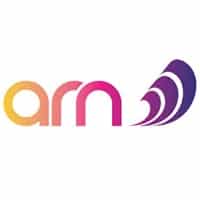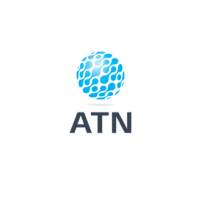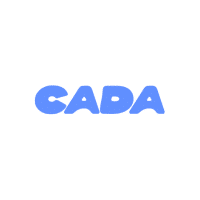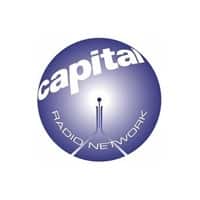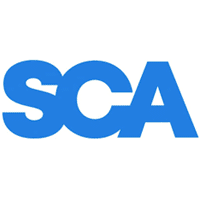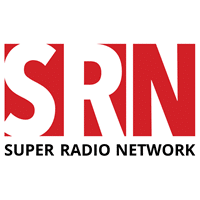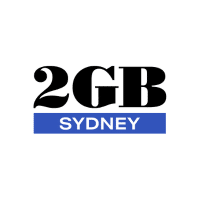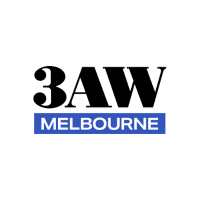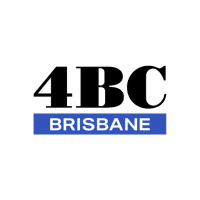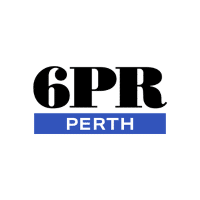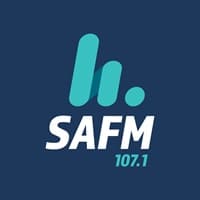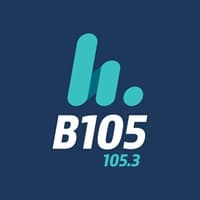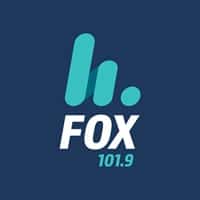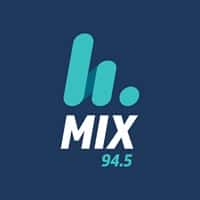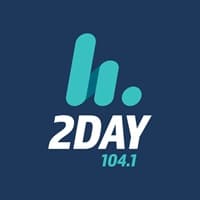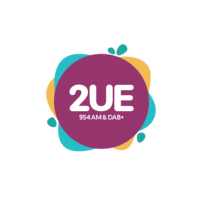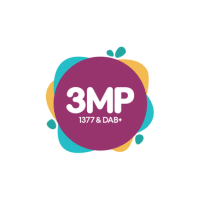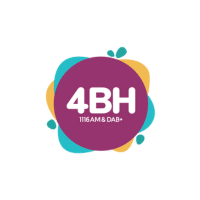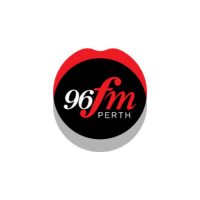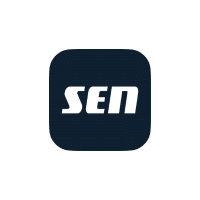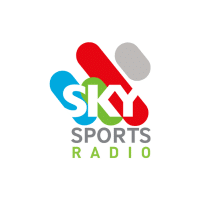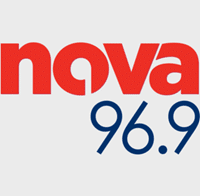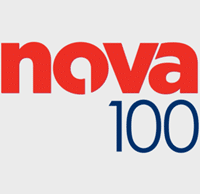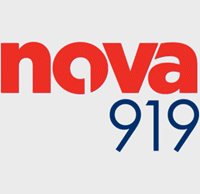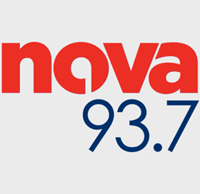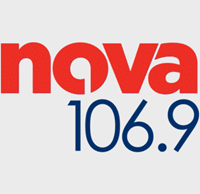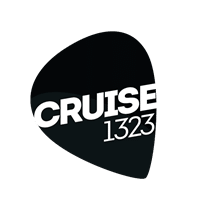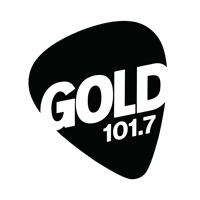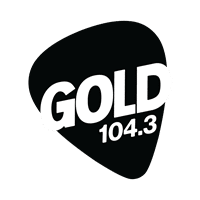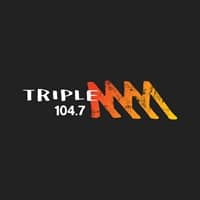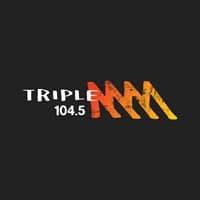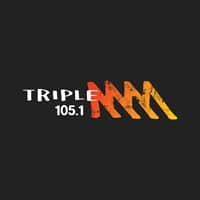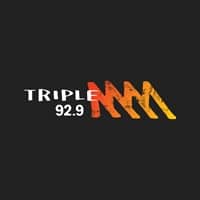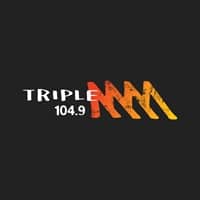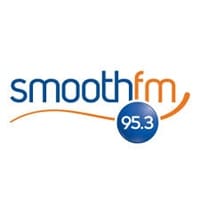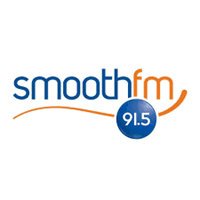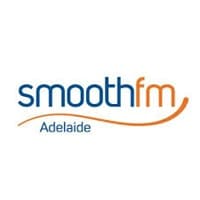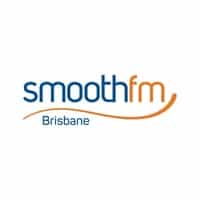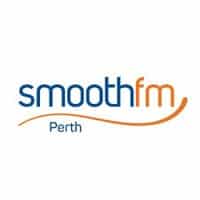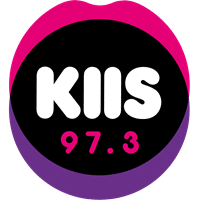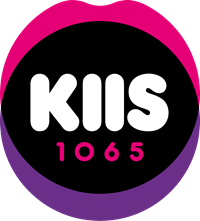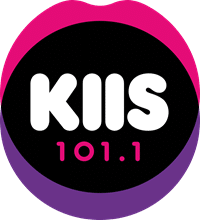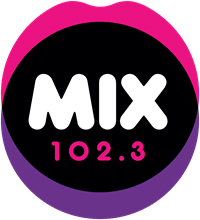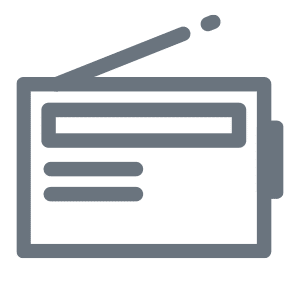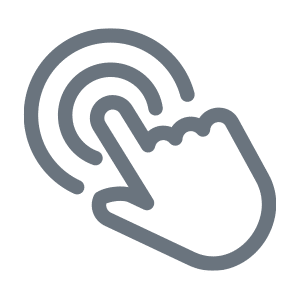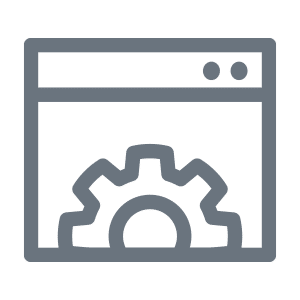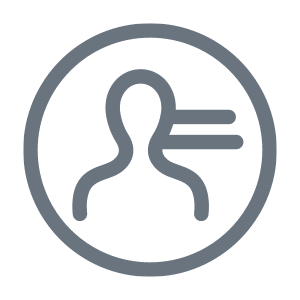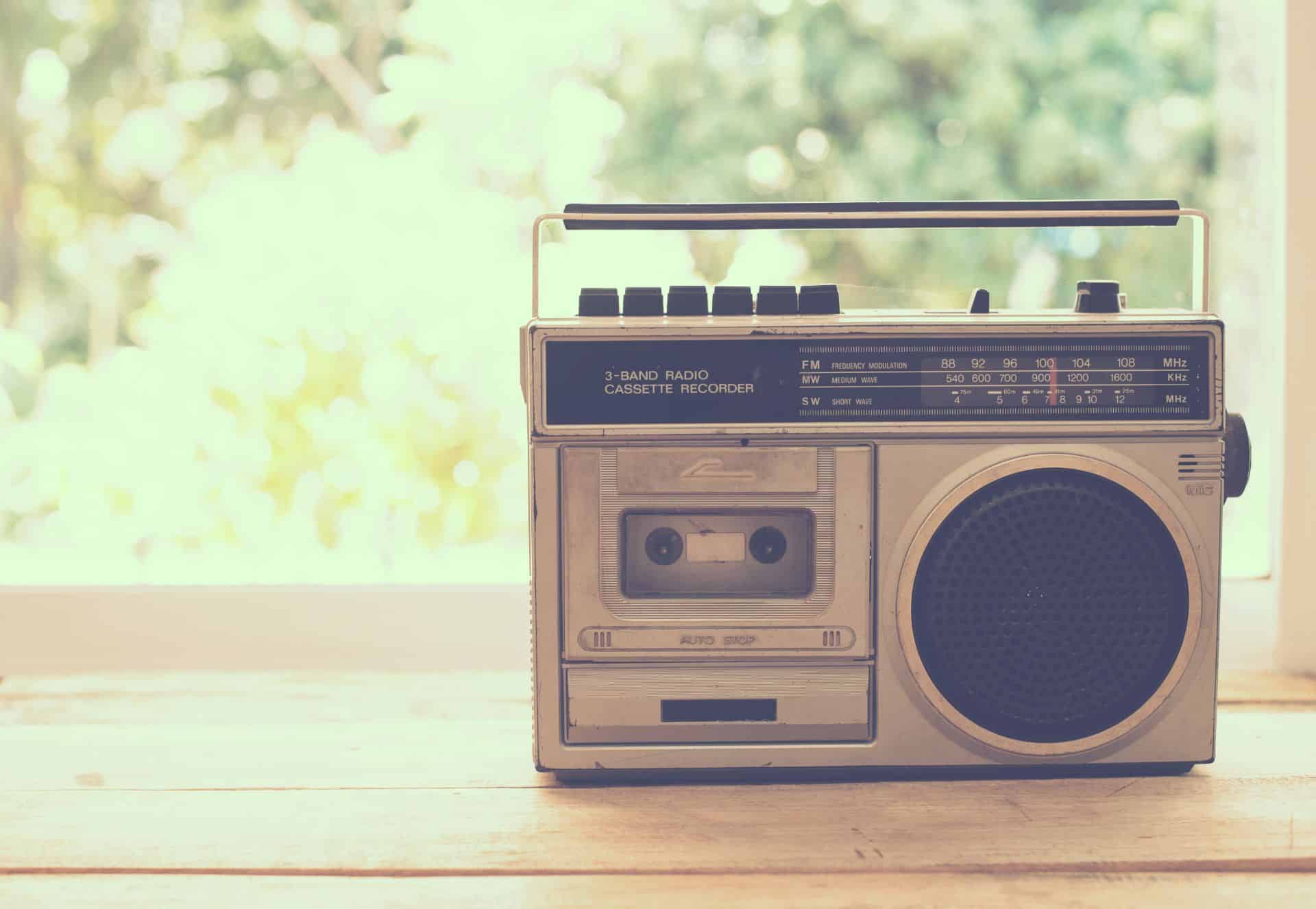
Radio Advertising Agency Sydney
In a world where new media fight for our attention every day radio has held firm as one of the leading media channels available to advertisers. The engaging and social nature of radio coupled with the powerful and personal connection it has with the audience make it a great medium through which advertisers can speak to their customers and spur them to action. Multi Media are experts at developing Audio campaigns that maximise your brand’s reach to drive impactful results
Radio reaches over 94 per cent of Australians in capital cites every week and live Australian radio still accounts for 74 per cent of all commercial audio listening.
Radio is a very flexible medium when it comes to the budget required to achieve an effective campaign, depending of course on your objectives.
The key criteria required to develop an effective radio campaign is an understanding of who your target audiences are and the goals for the campaign such as call-to-action, awareness, sales campaigns and brand building.
However, the demographic you are targeting will have a significant bearing on not only the stations selected but on the style of campaign implemented and specific spot placement throughout the day.
Radio also has the flexibility to run national or very localised campaigns due to the nature of the station signal strength. In the major metropolitan markets, if you are running a broad reach or awareness campaign, multiple stations are often required in order to reach the desired percentage of your target demographic due to the fragmented nature of listenership.
Radio offers several ad types that each have their owns strengths:
- Pre-recorded spots – These are generally fully scripted, use professional voice talent and recorded by a creative agency or in the station studio. The final recorded ad is then approved by the client prior to going to air. These are the most common radio ads
- Live Reads – A script or list of bullet points are provided to station on air talent who then read the script or adlib based on the points provided live to air. They have the advantage us using the station on air talent who has a strong connection with the listening audience.
- Recorded Live Reads – These are Live Reads that are then recorded and replayed in place of other pre-recorded ads
- Sponsorship Credits – These are brand partnership or sponsorship credits and may take the form of a simple statement along the lines of “this sports report brought to you by…” all way up to a standalone brand partner statement of up to 60 seconds spoken live by the on air talent. The benefit of this style of ad is not only in the frequency of delivery but the implied endorsement by the on-air announcers adds another level of credibility to the messaging in the consumers mind.
Radio delivers the best results when high levels of frequency are used. This allows the message to be heard and retained by the listeners thereby increasing the likelihood that listeners will take the desired action, be it call, click or buy.
The team at Multi Media have decades of experience across all forms of radio adverting from delivering highly successful call to action radio campaigns to multi-year in program brand integrated.
Get in touch with us if you would like to find out more about how we can help deliver a successful radio campaign for your business.
Radio & Audio Advertising Partners
Radio Advertising Costs
The cost of an effective radio advertising campaign will be influence by a number of different variables which all must be taken into consideration when setting a radio advertising budget or planning a radio advertising campaign.
Your Market
The cost of radio advertising spots can vary considerably depending on which market you want to advertise in. Rate in Metropolitan markets can very for between $200 to $2,000 per spot where as in smaller Regional areas rates can be as low as $20 per spot.
Ad Length & Type of Commercial
The average radio ad is 30 seconds long, but it is possible to buy 15 second ads, 60 second ads or even 90 second ads. A 60 second ad is generally double the cost of a 30 sec spot and a 15 second ad half the cost. For non-standard ad lengths rates will need to be negotiated with each station.
Another factor that may impact the cost of your radio advertising campaign is the type of commercial you choose to utilise as these all attract different costs:
Some common radio types include:
- Pre-recorded (which is the most common)
- Live Reads, live commercial read by the on-air talent
- Advertorials, pre-recorded endorsement style ads
- Sponsorship Credits, can be read live or pre-recorded
Time of Year
Radio ratecards are demand driven which means broader market conditions can have a bearing on your radio advertising campaign cost. Traditionally high demand periods like the pre-Christmas retail rush command higher prices.
Day of the Week
The cost of radio advertising will generally be higher on weekdays and is often lower during the weekend. This is because of the higher audience that radio generally delver mid-week compared to the weekend
While those with a tight budget may think that buying more advertising during less expense days of the week is a good idea, research tells us that higher reach coupled with effective frequency levels delivers the best result. Condensing your activity over 2 or 4 days may deliver greater message cut through in the listeners minds as the message frequency builds more rapidly.
The Cost of Radio Advertising Based on When it is Played
Typically, you will pay more for an ad that plays during the morning breakfast or afternoon drive programs than you would for ads that play during the mid-morning, afternoon or overnight hours. This is due to the higher audience numbers in those session and thus greater advertiser demand. Depending on the objectives of your campaign often a combination of a variety of sessions can deliver the most effective and efficient result.
Campaign Objectives & Measurement
For any communication campaign to be deemed a success or not clear objective need to be set from the outset. Is your objective brand awareness, short-term or long-term awareness. Is there a specific call to action, how will you measure that action and how can radio be attributed to it. For radio to be effective sufficient Reach and Frequency levels need to be achieved and depending on the target demographic and level of listening fragmentation in the selected markets you may require 1, two or more stations to achieve this. Radio has traditionally been known as a call-to-action medium, meaning it has a great ability to drive a listener to perform a particular action however radio can do more than this be it brand awareness, continuity messaging, sponsorship alignments and on ground activations.
In summary radio can be a very efficient and effective communication channel for wide variety of advertising and marketing goals. There are a number of variables that can exert considerable influence over the cost of an effective campaign and we would more than happy to assist in guiding you through planning and implementing a successful radio campaign for your business.
Our Media Services
We do more than just buy media – we take our client’s data to create a communication strategy and media plan that takes into account seasonality, flighting, audience recall. Once we have the right formula of data, we negotiate and purchase the media on their behalf, and then audit the feedback – constantly adjusting to multiply results.

